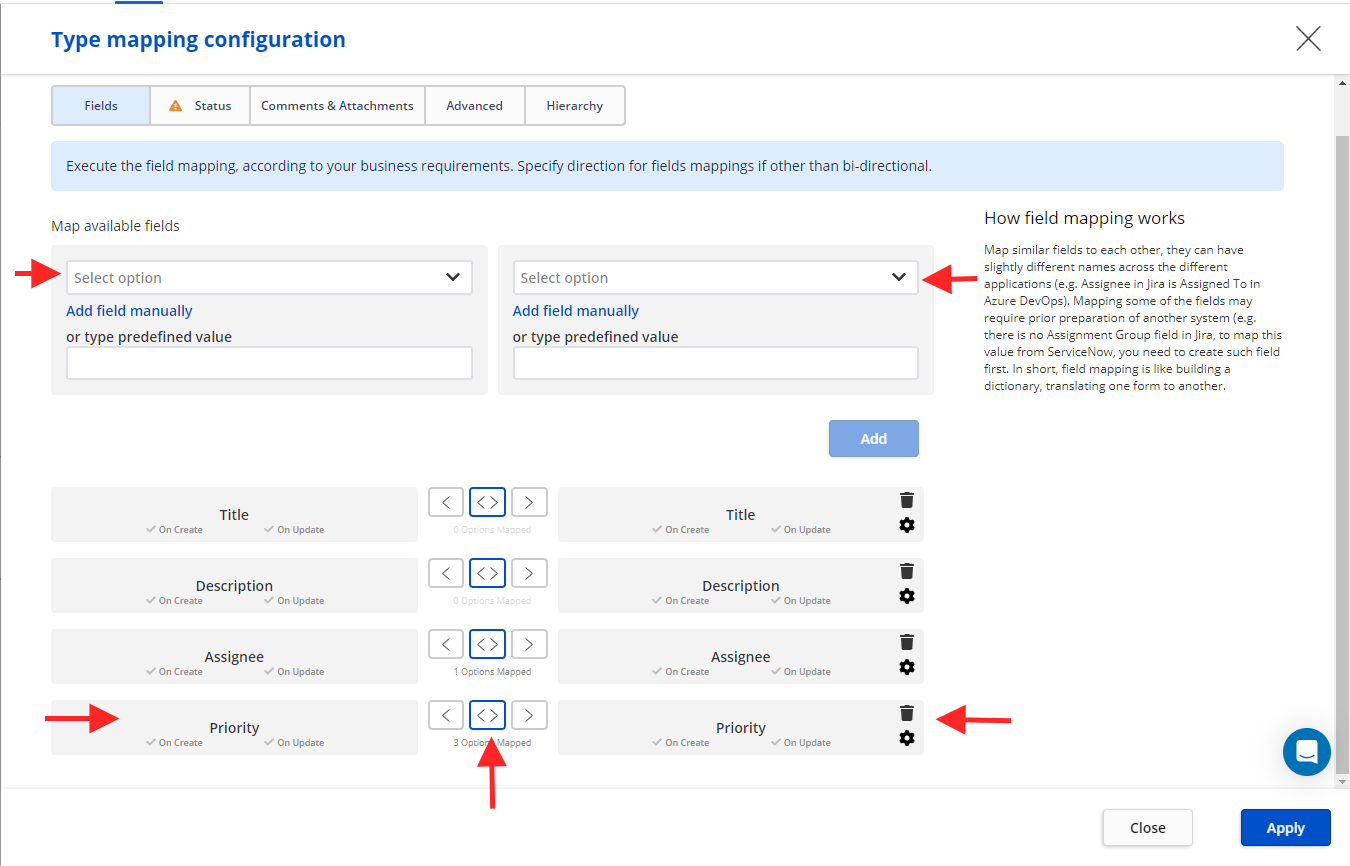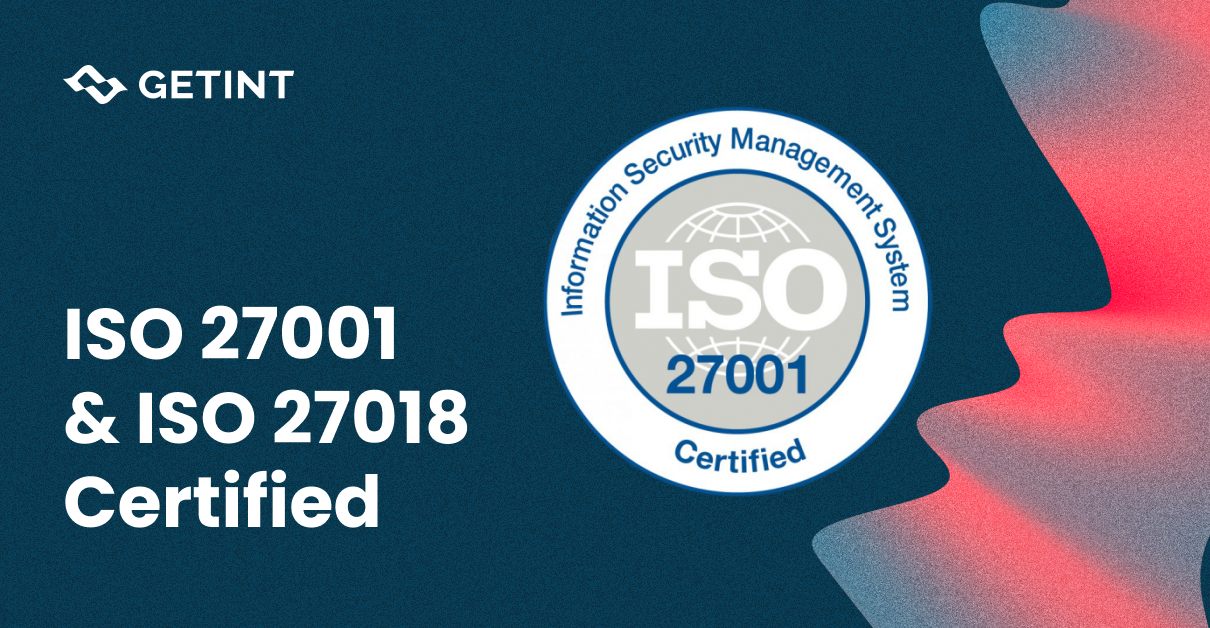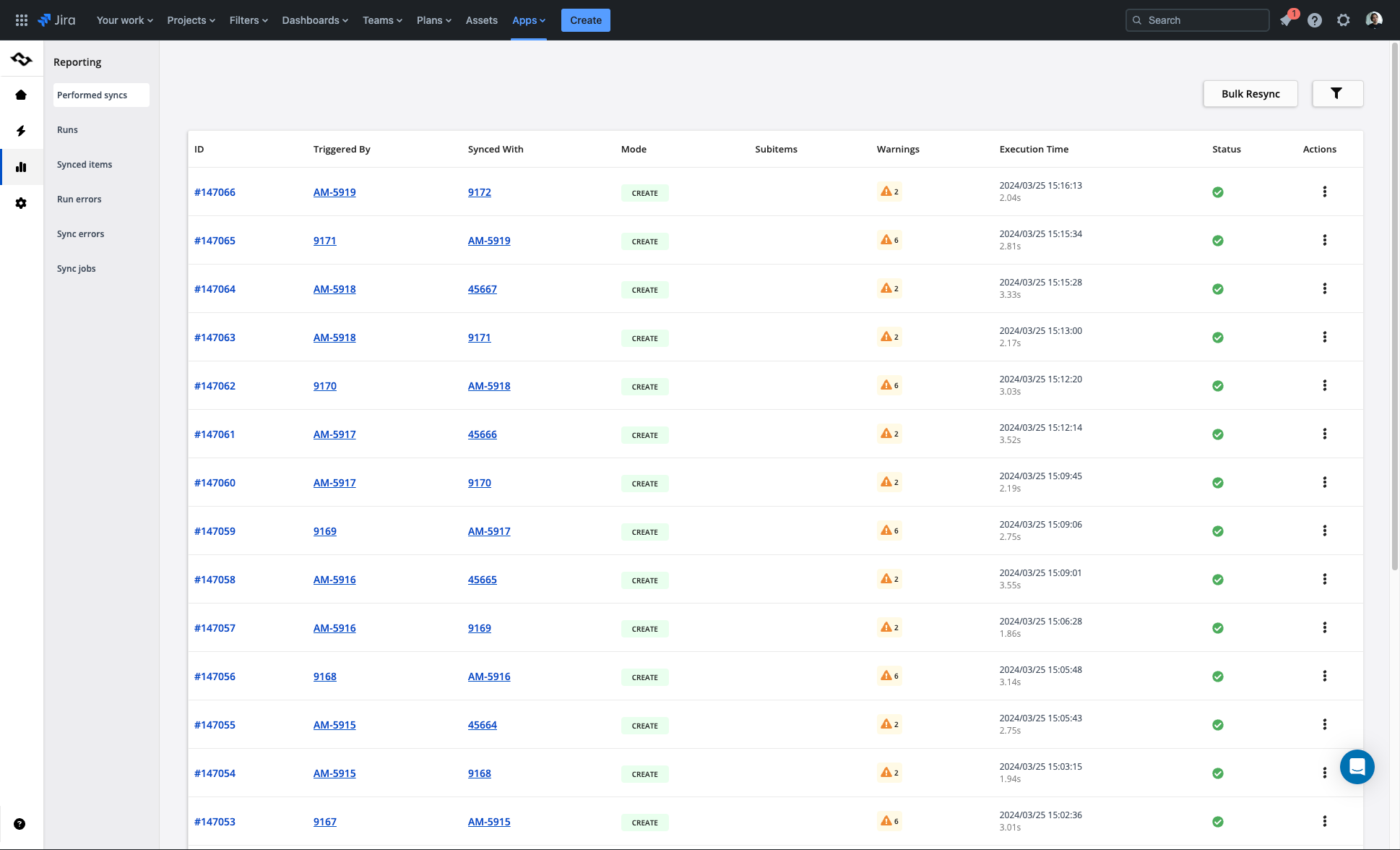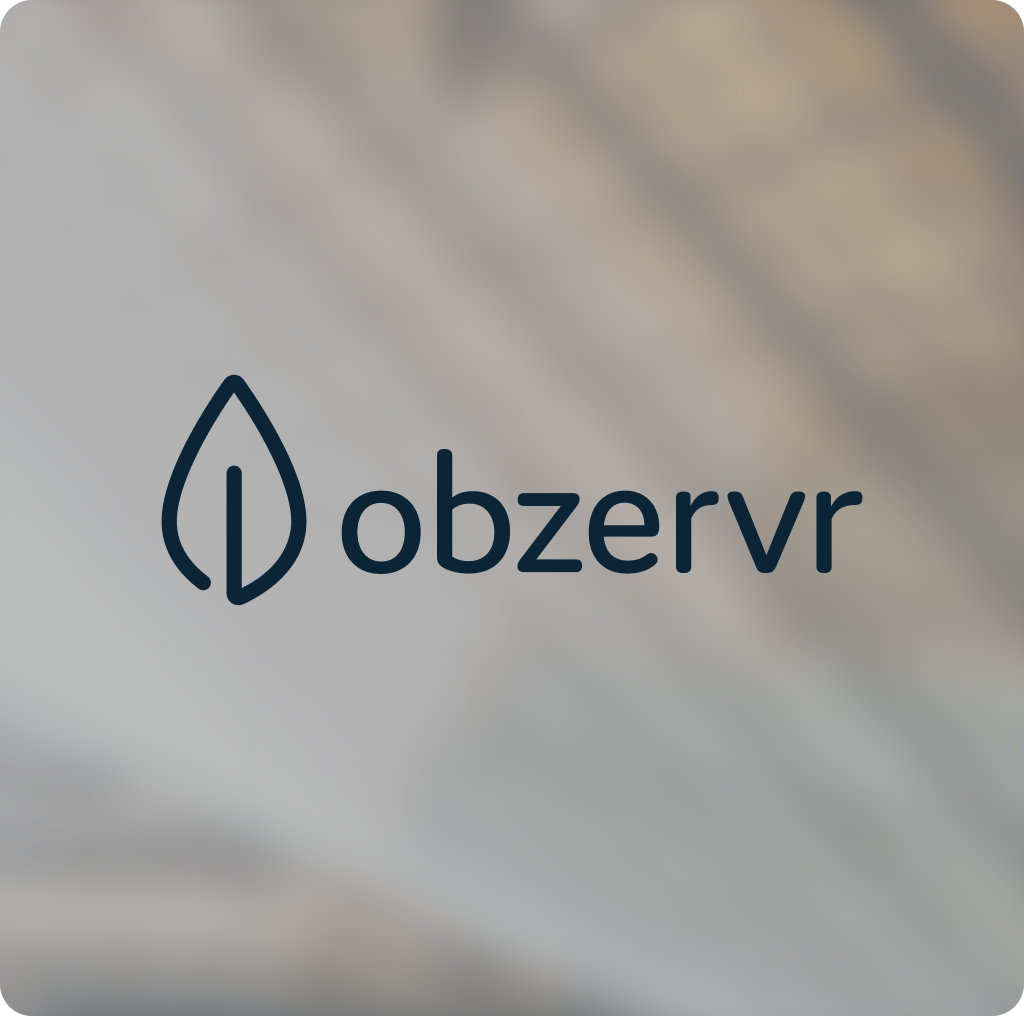The need to connect multiple management workflow platforms has never been greater than in today's digital ecosystem. Enterprises operate with numerous project management tools, often tailored to meet particular departmental or team needs. These tools, while individually powerful, can quickly become silos of data if not properly integrated into a broader organizational ecosystem.
Statistical data supports the growing need for integration solutions. On average, enterprises use 371 SaaS applications, a significant increase from previous years. This highlights the complexity of managing disparate systems without seamless integration.
Source: 17+ SaaS Statistics For 2024 (Trends, Growth & More)
As businesses adopt more SaaS tools and custom in-house systems, the demand for reliable, agile, and scalable integration solutions grows. An Integration Service Provider (ISP), like Getint, offers sophisticated integration services to synchronize these asynchronous systems, ensuring that data flows seamlessly across platforms in real-time or near real-time.
This article will delve into the technical elements that make ISPs critical to synchronizing asynchronous tools, reducing technical debt, and enabling real-time collaboration.
The Challenge of Asynchronous Tools Integration
Many modern tools used in organizations today - whether for project management, CRM, issue tracking, or development - operate asynchronously. This means they do not inherently share data in real-time and are not designed to interface with other systems automatically. Each system maintains its database, business logic, and internal processes, resulting in silos that require either manual intervention or bespoke code to synchronize. These challenges often necessitate complex integration projects to ensure seamless data flow and operational efficiency.
Take tools like Jira, Azure DevOps, ServiceNow, Monday.com , or Asana. Each specializes in a specific workflow or domain, often storing data in unique formats with distinct APIs. Synchronizing these platforms requires API-level communication that handles data structure and intent variations.
Integration: The Core Challenge
Integrating asynchronous tools typically presents the following challenges in application integration:
- Data Mapping: Each system uses different data formats. For example, a ticket in Jira may correspond to a user story in Monday.com but may have other fields and metadata structures.
- Data Consistency: Maintaining consistent, up-to-date data across multiple platforms is difficult without an automated sync mechanism. Effective application integration can automate processes, ensuring that updates in one system are reflected immediately in others to avoid inconsistencies.
- Rate Limiting and Performance: APIs are often limited by rate caps, which makes synchronization difficult for high-frequency updates. If not properly optimized, API calls can degrade performance, especially in large systems.
- Error Handling: Asynchronous systems can fail or lag. Monitoring and addressing errors during integration (e.g., network issues, API downtime) becomes essential to avoid data discrepancies.
- Conflict Resolution: Managing conflicts that arise when data changes across different systems simultaneously is challenging. For example, how do you decide which change should prevail if a ticket is updated in both Jira and Monday.com concurrently?
- Human Factor: Without integration tools in place, companies often resort to manual integration efforts. This process typically takes a significant amount of time to ensure both systems hold the same data, and it usually leads to errors, such as incomplete data transfers or mistakes during manual updates. Furthermore, this manual work requires employees to constantly focus on copying and pasting data instead of performing the tasks they were hired to do, ultimately generating higher operational costs and reducing overall productivity.
To address these technical hurdles, integration service providers like Getint offer advanced solutions built on a robust integration platform that handles large-scale, real-time synchronization while maintaining low-latency, high-consistency data flows.
.png)
What Distinguishes Getint from Other Integration Service Providers?
At the heart of Getint's platform is a powerful integration engine with advanced integration capabilities that seamlessly synchronize multiple systems. Here are the core components that make Getint effective for integrating asynchronous tools.
Integration Based on Polling Model
One of Getint's distinguishing features is its integration model based on polling. Getint employs a polling model that actively checks for updates at regular intervals. This approach ensures that even in scenarios where real-time event triggers are not feasible or available, data synchronization remains consistent and up-to-date. The polling model also provides better control over the timing of data retrieval and processing, which can be particularly beneficial for businesses dealing with large volumes of data or requiring integration with legacy systems.
Seamless Integration with Unidirectional, Bidirectional, and Mixed Sync
Getint's platform is designed to support different synchronization needs, providing unidirectional, bidirectional, and mixed sync options. Each model suits specific use cases, ensuring data flows efficiently and accurately between systems.
Unidirectional Sync: Efficiency and Precision
Unidirectional synchronization is often the backbone of data integration strategies, particularly when organizations need to push data from one system to another without feedback loops. Getint excels in this area by offering high control and precision in data flows. This method is ideal for scenarios where data integrity is critical and where changes in the source system need to be mirrored in the target system without reciprocal updates.
Unlike many providers offering a one-size-fits-all solution, Getint allows businesses to customize their unidirectional sync processes. This means that clients can fine-tune which data fields are synchronized, the frequency of synchronization, and how changes are handled in the event of conflicts. This flexibility ensures that businesses maintain control over their data while benefiting from seamless integration.
Bidirectional Sync: Real-Time Data Consistency
Bidirectional synchronization is essential for businesses that require close to real-time data consistency across multiple platforms. Getint stands out by offering a robust bidirectional sync that ensures data is not only mirrored between systems but also kept up to date in real time. This feature is particularly valuable for organizations with interconnected systems, where changes in one platform need to be immediately reflected in another to maintain operational efficiency.
Mixed Sync: Flexibility for Complex Needs
Perhaps Getint's most distinctive feature is its support for mixed synchronization, a hybrid approach that combines unidirectional and bidirectional sync processes. This is particularly useful for businesses with complex integration needs, where some data flows need to be tightly controlled in one direction while others require continuous, bidirectional updates.
Getint's mixed sync capability is highly adaptable, allowing businesses to define different sync rules for various data types or system interactions.

Data Integration, Transformation, and Mapping
One key integration challenge is ensuring that data from one system can be correctly understood and processed by another. This often requires data transformation and mapping, and effective data management is crucial.
Getint empowers you with its flexibility, providing powerful transformation pipelines for mapping data between fields in different systems.
For example:
- To Do, In Progress, Done in Jira can be integrated with Backlog, To do, Doing, Blocked, Done, and Rejected in DevOps.
- Same as priority - values 1, 2, and 3 can be mapped to Highest, High, and Low.
Getint offers powerful data transformation and mapping capabilities, allowing seamless system integration. It enables one-to-one and one-to-many data mappings, whether identical workflows or different ones. This can all be managed directly from the user interface without the need for scripts, providing flexibility and ease of use in complex data integration scenarios.
Fault Tolerance and Retry Logic
Given the unreliable nature of asynchronous systems, Getint implements robust error handling and retry mechanisms. Failures can occur due to network issues, API downtime, or misconfigured data. Robust metadata management ensures that data integrity is maintained even in the face of system failures.
- Retry Logic: Getint includes retry logic that automatically attempts to resynchronize data when an error occurs.
- Dead-letter Queues: In the case of persistent failures, problematic events are pushed into dead-letter queues. This proactive measure prevents blocking or stalling the synchronization of other data, ensuring a reliable data flow.
- Error Notification: Getint provides detailed error logs and can trigger notifications to alert administrators of issues that need manual intervention.

Orchestration and Monitoring
At the enterprise level, managing integrations across multiple systems requires robust orchestration and monitoring tools to ensure everything runs smoothly. Getint offers a centralized integration dashboard where administrators can monitor the following:
- Synchronization Status: View which systems are synced, which are pending, and any errors.
- System Health: Track the health of all integrations and receive alerts if a system goes offline or becomes unresponsive.
Getint's centralized integration dashboard is a secure and comprehensive solution that supports many business apps for monitoring and control. Administrators can pause, resume, or manually trigger integrations from the dashboard, ensuring complete control over the synchronization process. Enterprise users can also deploy multiple Getint instances (parallel deployment) to address the needs of large-volume integrations or the integration of various instances where more than one integration queue is required.

Security and Compliance
Data integration often involves transferring sensitive information between systems and prioritizing security. Getint uses OAuth to securely connect to APIs and ensure only authorized requests are made.
Furthermore, the data transferred between systems is not only encrypted in transit but also when at rest. This double layer of encryption, along with the use of logs encryption and data masking, underscores Getint's commitment to security. The platform also adheres to ISO 27001 and ISO 27018 and is in the process of acquiring SOC2. Moreover, Getint is part of Cloud Fortified, a member of the Bug Bounty program, and offers an OnPremise version that can run fully behind the firewall.
Advanced Use Cases for Getint
The advanced capabilities of Getint make it a versatile solution that is adaptable to a wide variety of use cases in large-scale enterprises. Here are some examples of how Getint can be applied:
Customer Support and Development Alignment
Syncing customer tickets in Zendesk with Jira makes support requests visible to developers. When a customer reports a bug, it can be automatically synced as a Jira work item for resolution, with status updates flowing back to Zendesk.
Cross-Department Collaboration
Integrating project management tools like Monday.com (used by marketing) and Jira (used by engineering) to align marketing campaigns and technical development work.
Third-Party Service Integration
A third-party company providing specialized consulting services can integrate its task management tool with a customer's internal systems. The service company continues using its tech stack, maintaining efficiency and familiarity with its processes. Meanwhile, task updates, deadlines, and project details automatically sync, ensuring seamless collaboration between the service company and the customer without disrupting the workflow. This allows both teams to work in their preferred environments while staying aligned on project goals and progress.
Integrating multiple systems into a single source of truth ensures seamless work for company teams, allowing them to focus on customer tickets without manual data entry.
For simplicity, let's work with an example.
Suppose an IT consulting company works with three clients (X, Y, Z). Client X uses Asana, client Y uses ServiceNow, and client Z uses Monday.com. The consulting company has a Tech Stack based on Jira and creates tickets for individual departments.
Getint enables the integration of X, Y, and Z client systems into a Jira consulting company while maintaining data security. It allows the conversion of tickets and notifications so that the IT company can receive them directly from the client, eliminating errors related to the human factor.
The example shows four entities, but Getint is a highly scalable tool, so the sky is the limit. The time you save on manual task entry can be spent on other clients.
As a leading integration provider, Getint is well-equipped to handle these and many more use cases.

Conclusion
Asynchronous tools are essential for modern enterprises, but the lack of integration services between them can lead to data silos, inconsistencies, and inefficiencies. Getint's robust integration platform tackles these challenges head-on with advanced data mapping, real-time synchronization, fault tolerance, and a powerful orchestration engine.
Getint enables organizations to maintain a unified data flow across all their tools by providing seamless, uni- or bidirectional synchronization and transformation capabilities. It can integrate any system via APIs, handle API rate limiting, and ensure high performance even at scale, empowering enterprises to unlock the full potential of their digital ecosystems.
In the end, Getint doesn't just bridge the gap between systems—it provides the foundation for continuous, close-to-real-time collaboration across departments, ensuring that every tool and team can operate in harmony.
Experience Seamless Integration with Getint – Try it for Free
Unlock the full potential of your organization's digital tools with Getint today. Experience firsthand how seamless, real-time synchronization can eliminate data silos, boost productivity, and create a more unified workflow across all your platforms. Whether you're looking to streamline your DevOps pipeline, align customer support with development, or integrate cross-departmental tools, Getint has the robust capabilities to make it happen.
Ready to see it in action? Sign up for a free trial or schedule a demo call and discover how Getint can transform your business: no risk, no obligation – just seamless integration. Start your free trial today and experience the future of data synchronization!
























